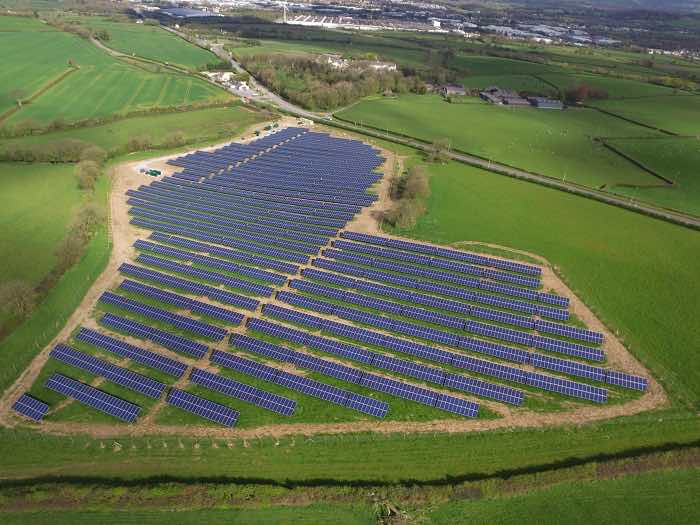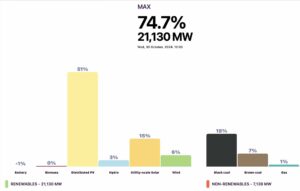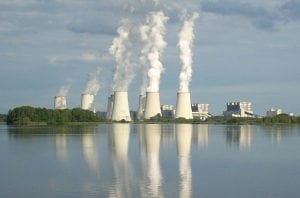For all of the Australian government’s boasting about the uptake of solar in Australia – via programs that it tried to stop, but couldn’t – here’s one statistic that may surprise many people: In the UK in the month of May, solar provided 11.5 per cent of grid demand. In Australia in the same month, it was just 7.2 per cent.
Great Britain, of course, is not the first name that comes to mind when thinking of countries with great solar resources, but its growing share of solar – through both rooftop and large scale installations – is part of a dramatic shift in its electricity grid in recent years.
The number was celebrated this week by National Grid ESO, which operates the grid in Great Britain and which also noted that May was the first coal-free calendar month since the industrial revolution (see table above), and a new record low day for carbon intensity.
“Great Britain’s incredible coal-free run has continued throughout May, giving us the first full calendar month – 744 straight hours – of electricity generation without coal since the industrial revolution,” National Grid’s head of control Roisin Quinn said in her monthly report.
“Low demand on the electricity system continues to present our control rooms engineers with a unique challenge – particularly with two May bank holiday weekends within two weeks relaxing already low demand even further.
“On the afternoon of Sunday 24 May we saw the grid at its all-time greenest, with a new record low carbon intensity of 46 gCO2kWh (the amount of carbon produced for every kilowatt-hour of electricity used) helping May to become the greenest month we’ve ever seen on the electricity system.
“The weather (and to a lesser extent the lower demand) is the leading factor in these records and trends, and although May’s sunshine didn’t power us to a record high (in terms of aggregate output), overall solar share was up from last month – with periods where solar was comfortably our top power source, sometimes making up a third of the country’s electricity generation mix.”
Australia, which continues to experience a rooftop solar boom – with more than 2.2GW installed in 2019 and likely to easily beat that in 2020 – as well as significant growth in large scale solar – has managed to match the UK’s share in its best solar months (in Australia, in terms of solar share, this is usually November or December because of good solar resources and relatively low demand).
According to Dylan McConnell from the Energy Transition Hub, the share of solar in Australia’s main grid in December last year was 11.5 per cent, equal to the UK’s best. Over the last 12 months, the share of solar (both rooftop and utility scale) has been 8.6 per cent.
The peak share of wind and solar in Great Britain in May was 67 per cent, and the average for the month from wind and solar was 27 per cent. On top of that, there was also an 8.75 per cent contribution from biomass, although the carbon intensity of burning wood pellets is of concern to many environmentalists and renewable campaigners.
Great Britain last generated power from a coal fired generator in early April, at the Drax facility. Australia’s main grid sourced 67 per cent of its demand from coal power over the last 12 months.
National Grid ESO says it will be able to fully operate Great Britain’s electricity system with zero carbon by 2025. “We’re really proud of our zero carbon targets,” it says. Australia’s government thinks zero carbon is an affront to the economy.
RenewEconomy and its sister sites One Step Off The Grid and The Driven will continue to publish throughout the Covid-19 crisis, posting good news about technology and project development, and holding government, regulators and business to account. But as the conference market evaporates, and some advertisers pull in their budgets, readers can help by making a voluntary donation here to help ensure we can continue to offer the service free of charge and to as wide an audience as possible. Thank you for your support.










